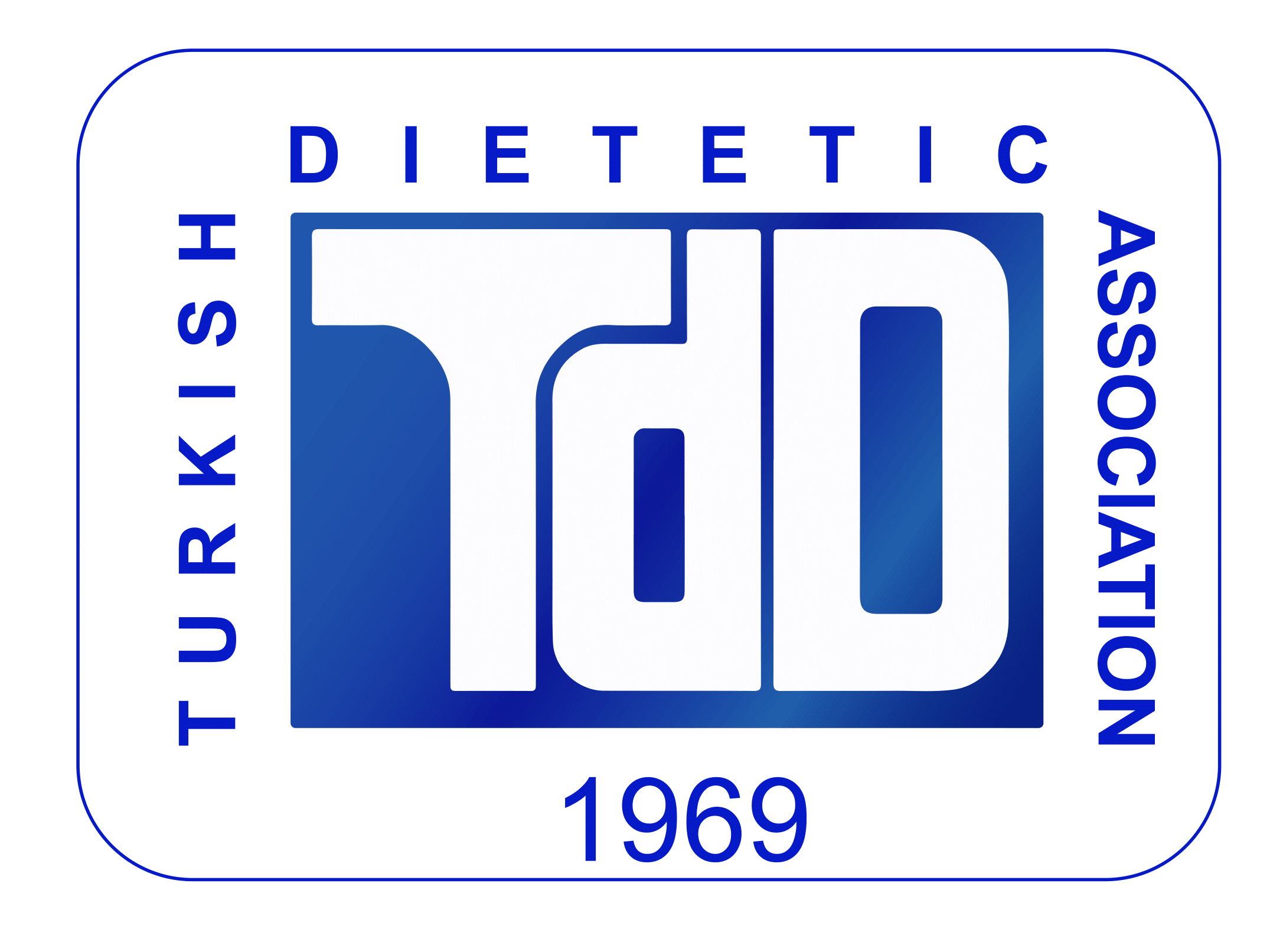Evaluation of Abdominal Obesity/Adiposity and Atherogenic Predictors in Individuals with Type 2 Diabetes
DOI:
https://doi.org/10.33076/2018.BDD.282Keywords:
Type 2 diabetes mellitus, abdominal obesity, abdominal adiposity, atherogenic indexAbstract
Aim: This study aimed to evaluate atherogenic index with abdominal obesity/adiposity indicators associated with insulin resistance in individuals with type 2 diabetes mellitus (DM).
Subjects and Methods: This cross-sectional study was conducted on 100 patients with type 2 DM aged 18-65 years. The general and health information of individuals was obtained by a questionnaire. Anthropometric and body composition measurements of individuals were applied by the researchers in accordance with its rules. Biochemical findings (fasting glucose, fasting insulin, glycated haemoglobin (HbA1c), and blood lipid parameters) were taken. Waist hip ratio and waist to height ratio were calculated for evaluating abdominal obesity. Visceral adiposity index (VAI) and conicity index (CI) were calculated for evaluating abdominal adiposity and body adiposity index (BAI) was also calculated. Serum atherogenic index (AI) was used for assessment of atherosclerosis risk. Homeostasis model assessment of insulin resistance (HOMA-IR) was calculated for evaluation of insulin resistance.
Results: Almost all of the men (91.2%) and women (98.5%) were obese. Accordingly depending on waist to height ratio, all of women (100%) and 94.1% of men had high risk of disease. Overall 85.3% of men and 83.3% of women were in high atherosclerosis risk group according to atherogenic index classification. There was a positive correlation between insulin resistance and BMI (r: 0.212; p: 0.035), waist circumference (r=0.222; p=0.027), VAI (r=0.323; p=0.001), AI (r=0.318; p=0.001), visceral adiposity (r=0.201, p=0.044), HbA1c (r=0.297, p=0.003) and triglyceride levels (r=0.289, p= 0.004). There was a positive correlation between AI and age (r=0.414, p=0.015), VAI (r=0.778; p=0.000) in males and waist to hip ratio (r=0.250, p=0.043), waist to height ratio (r=0.264, p=0.032), VAI (r=0.708, p=0.000) and fasting insulin value (r=0.271, p=0.006) in females.
Conclusion: Increased AI is associated with increased risk of type 2 DM and it adversely affects the development of cardiovascular disease. AI can be used as an objective indicator in predicting cardiovascular disease risk in individuals with type 2 DM. However, further studies are needed to find the best risk prediction for cardiovascular diseases in individuals with type 2 DM.

